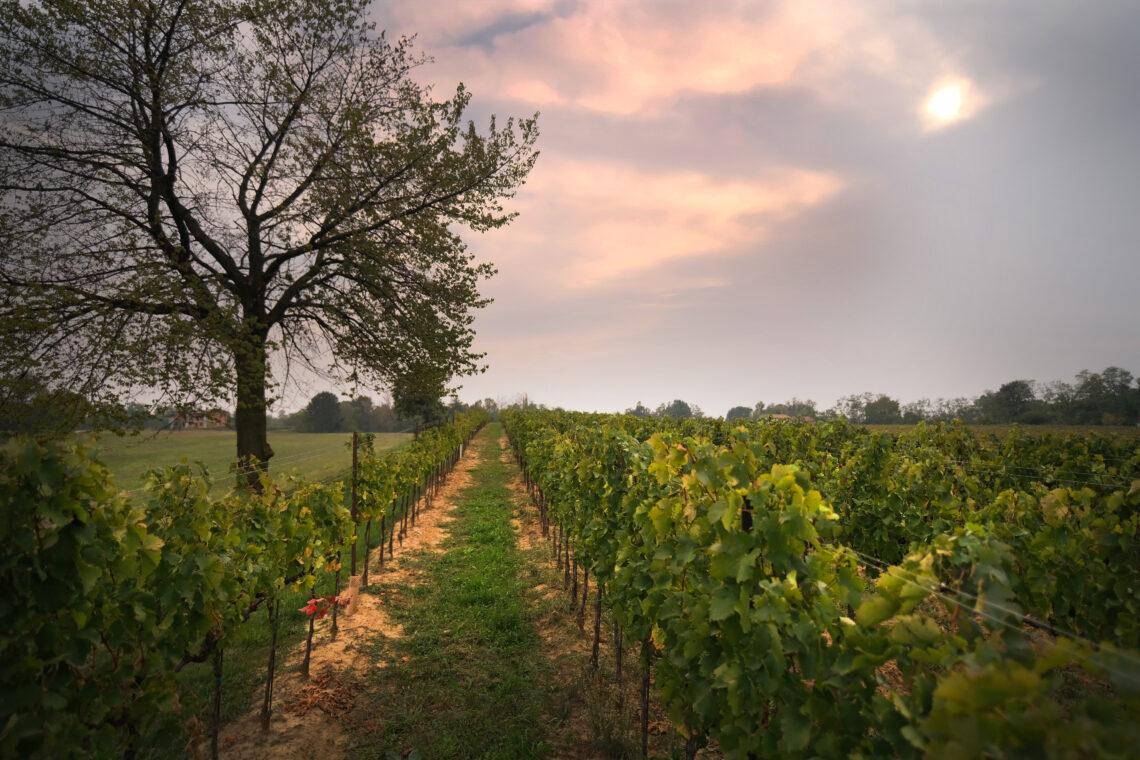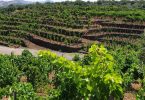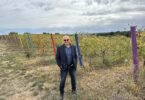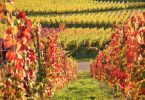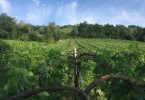The Colli dei Longobardi Strada del vino e dei Sapori extends across the Brescia area (Lombardy) and involves not only the best wineries in the area but also other food and wine excellence.
A small piece of land that brings together flavors and talents of various kinds to further enrich the already notable Italian winemaking and culinary heritage.
In a circuit designed to facilitate the tourist, the Road offers the opportunity to visit wine producers, of course, but also honey, cured meats and sweets. The possibility of staying overnight in the hotels associated with the Road and consuming typical meals of the area in the restaurants also part of the Strada Colli Longobardi makes this experience complete in every aspect. To this it is also possible to add a visit to the museums and artistic testimonies or follow the cycle tourism routes indicated.
Let’s find out more from the words of Flavio Bonardi, President of the Association.
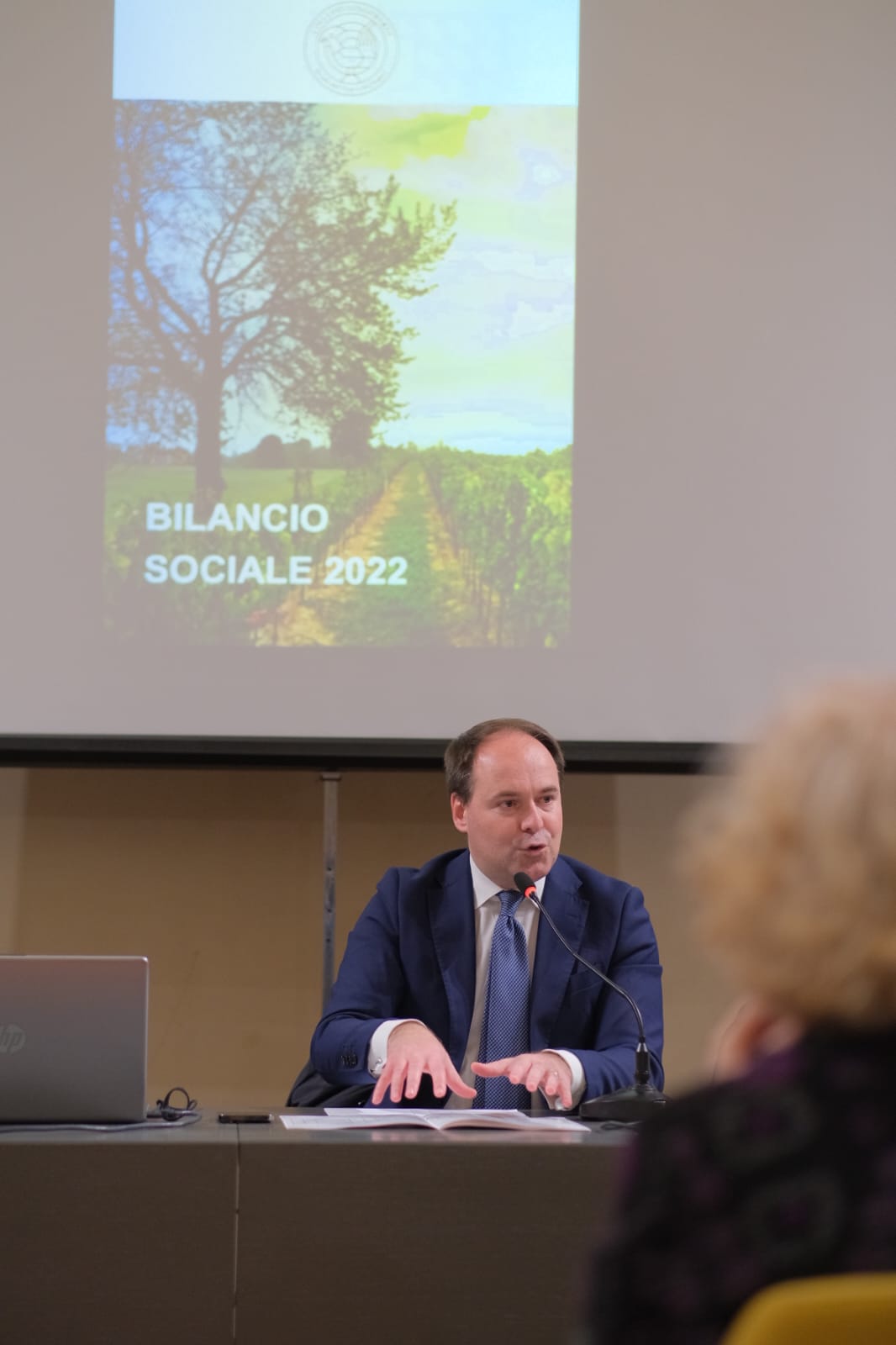
©Longobardi Strada del vino e dei sapori- Flavio Bonardi
When was the Association founded and what set objectives have been achieved to date?
The European Community has promoted the establishment of the Wine and Flavor Routes within a program of support and development of agriculture, particularly in the areas of typical production. Italian legislation has implemented these community directives and with law 27 July 1999, n. 268 “Discipline of Wine Routes”, defines the framework rules for the establishment by the Regions of wine tourism routes called “Wine Routes.
The Lombardy Region, with law. r. dated 02/07/2000 n. 7, “Regulations for regional interventions in agriculture”, which in art. 9 – paragraph 4 – provides for the encouragement of the creation of tourist routes with food and wine and cultural value, and then recognized the 8 Lombardy Wine Routes with Decree 2269 of 02/21/2002. Since 2002, our association has existed and has achieved important objectives to date by enhancing and promoting, in a tourist sense, wine and agricultural production, agri-food activities, the production of food and wine specialties and the productions of the eco-compatible economy, present along the The current territory which includes nine municipalities, including the capital Brescia but which, in 2024, will see the participation of other provincial territories interested in being part of our Project.
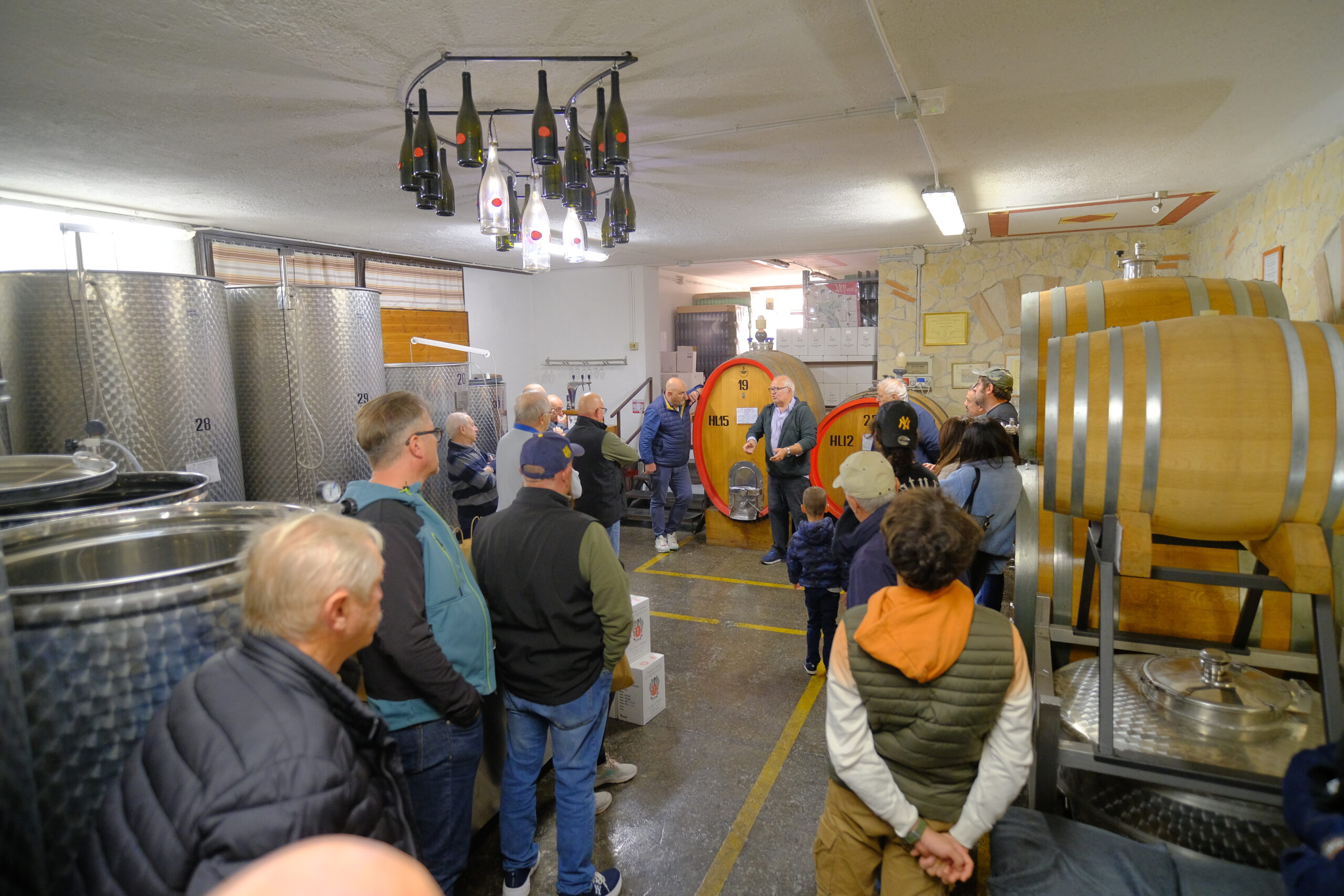
©Longobardi Strada del vino e dei sapori
In recent years, we have managed to increase interest in the topic of wine and food, thanks to a synergy with public administrations, with the Region, with the Province and with various private individuals, who strongly believe in the idea of territorial valorization that we have put in the field in the last three years, and which has seen a significant increase in the presence of tourists and fellow citizens at the events and organized demonstrations.
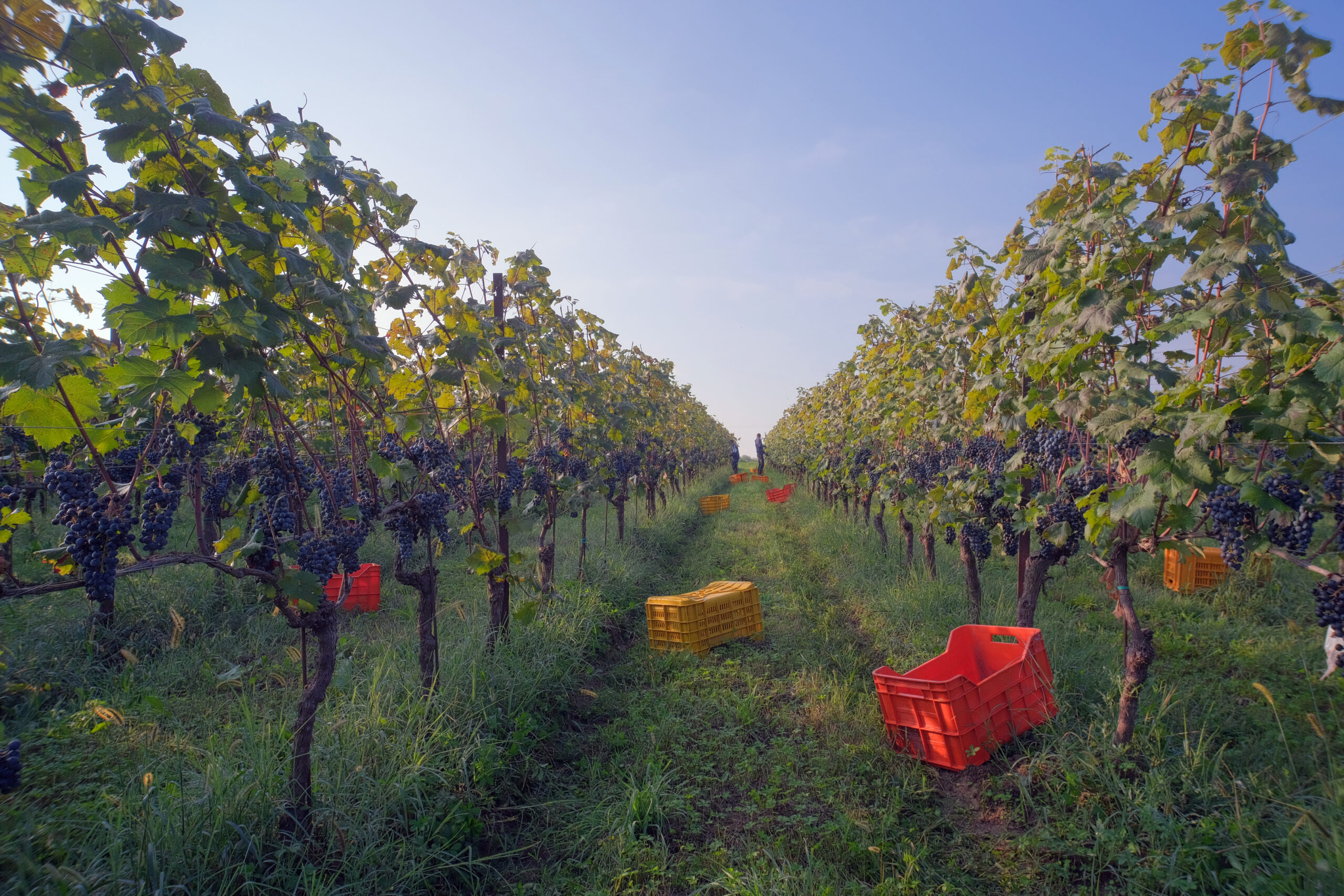
©Longobardi Strada del vino e dei sapori
What are the peculiarities of the territory and its wines?
The Colli dei Longobardi Wine and Flavor Route is a food and wine itinerary that winds through the Brescia area. It includes Brescia, the last offshoots of the Brescian Pre-Alps and the initial flat territory to the South-East, which surrounds it. It is an area dedicated, since ancient times, to wine production, which tourists can get to know by visiting the historic cellars and trattorias located along the entire route.
Our wines belong to the Monte Netto and Botticino areas and many have obtained the IGT “Ronchi di Brescia” classification. There are two types of Botticino DOC and seven of Capriano del Colle DOC. Our vines are almost all black-fruited, except Trebbiano Lugana, used in the Capriano del Colle area. Our vines include: Barbera, Incrocio Terzi, Marzemino, Merlot, Sangiovese, Schiava Gentile and Trebbiano Lugana.
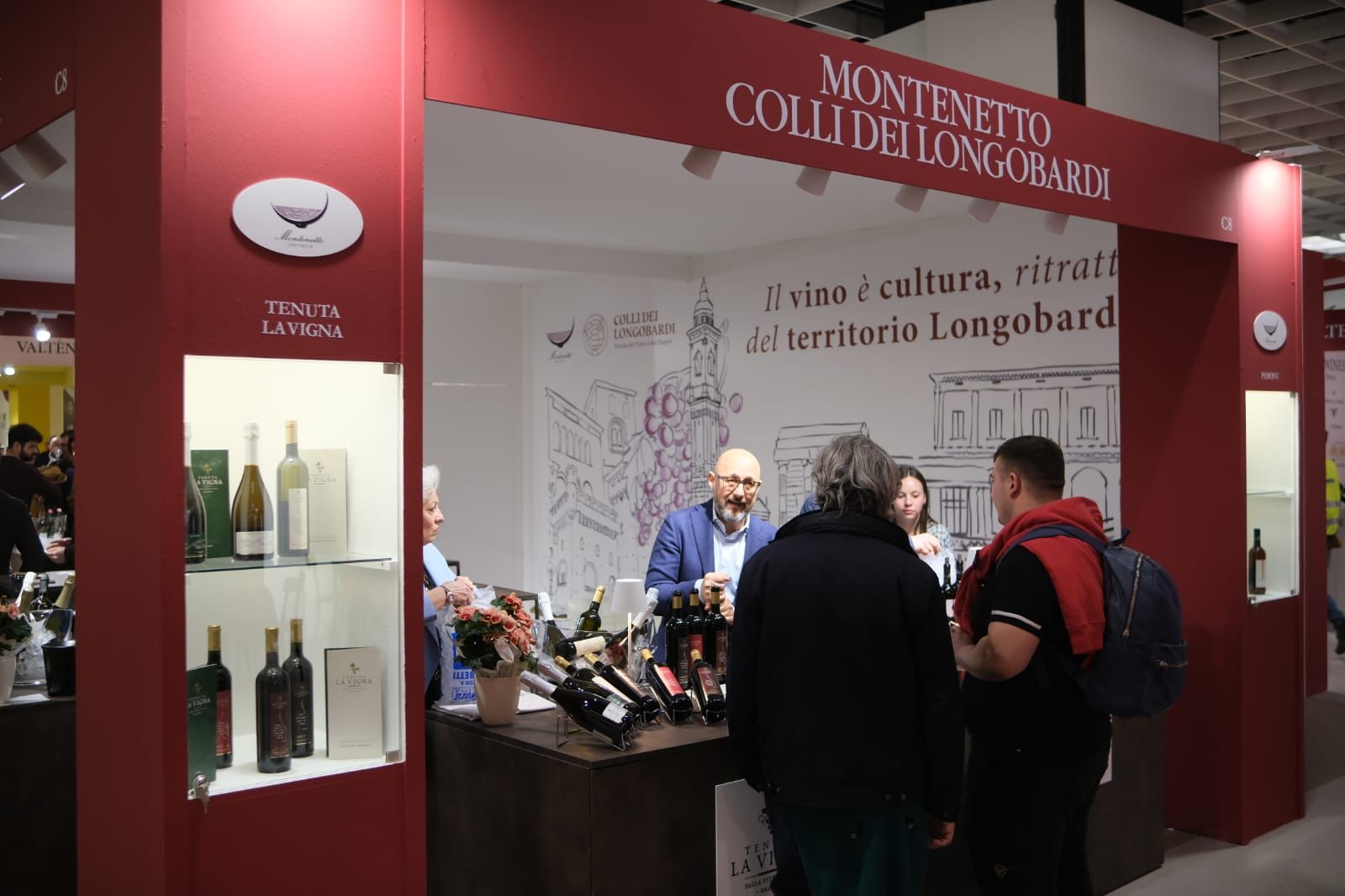
©Longobardi Strada del vino e dei sapori
Can you briefly describe the areas of wine tourism and cultural interest in the area?
The road begins on the slopes of the Brescia Castle with the “Pusterla” vineyard, its almost four hectares the largest city vineyard in Europe, as well as a rare example of urban agriculture and probably the only extensive cultivation of grapes alone in the world Invernenga, a white grape which today gives rise to the prestigious Bastione Pusterla wine.
The route continues on the plain towards Pontegatello, known since the Middle Ages for the first hospice for travellers, later transformed into an inn, and Azzano Mella, a court donated in the 11th century by Charlemagne to the monastery of San Salvatore in Brescia. From there you move towards the gentle hills of Monte Netto and Capriano del Colle, still today able to combine the tranquility of the places with a rich past of rich homes, castles and watchtowers. The roads that wind through the vineyards are very suggestive, an ideal setting for walking and cycling immersed in peace.
Moving eastwards we are welcomed by the centers of Flero, Poncarale, Montirone, Castenedolo, Rezzato, Botticino up to Montichiari, for a triumph of local excellence, historic villas and medieval settlements. Cured meats, sausages, honey vinegar, Valverde honey and the aforementioned Pusterla vine jams and grappas can also be purchased from some associated companies.

©Longobardi Strada del vino e dei sapori
How many wineries are there along the road and what type of wines are produced?
There are fifteen cellars of the Wine and Flavor Route plus a brewery. Not many realities for a territory that manages to produce just under a million bottles a year, but a territory rich in winemaking history.
Among the typical products that grow along the relevant territory, local wine deserves a prominent place, made from the Barbera, Incrocio Terzi, Marzemino, Merlot, Sangiovese, Schiava Gentile and Trebbiano Lugana vines. In addition to Capriano del Colle DOC, the two types of Botticino DOC and the wines are classified as IGT “Ronchi di Brescia”.
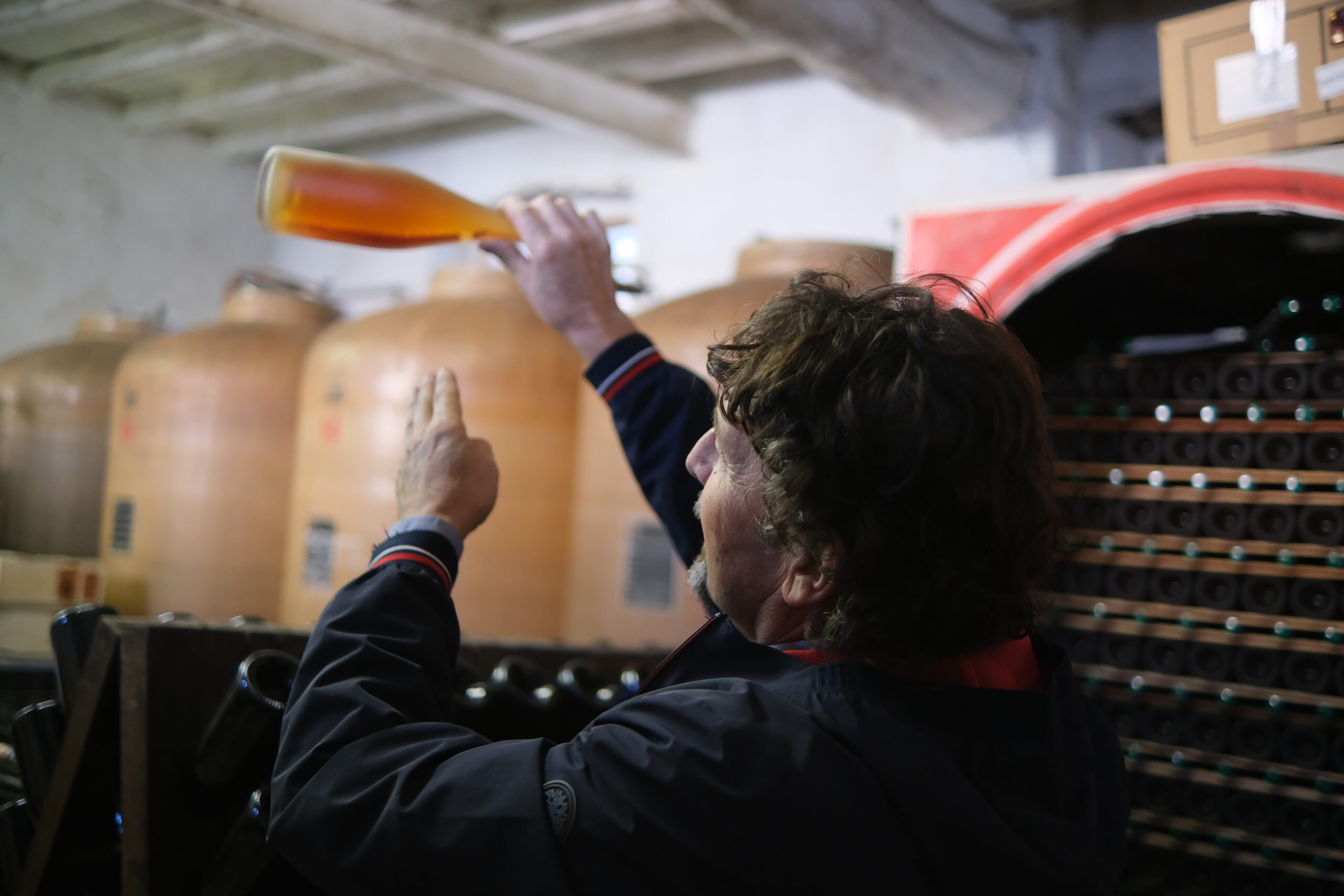
©Longobardi Strada del vino e dei sapori
Why are your wines special?
Our wines are produced with care by the historic families of our territory who try to maintain the quality and attention to the product.
In recent years, several of our wineries have won prestigious awards which have finally “cleared” the wine produced in Monte Netto or Botticino, recognizing them in all respects as no longer “B” series wines but wines of high interest.
Not an easy job for our winemakers, but one that is finally giving great results.


